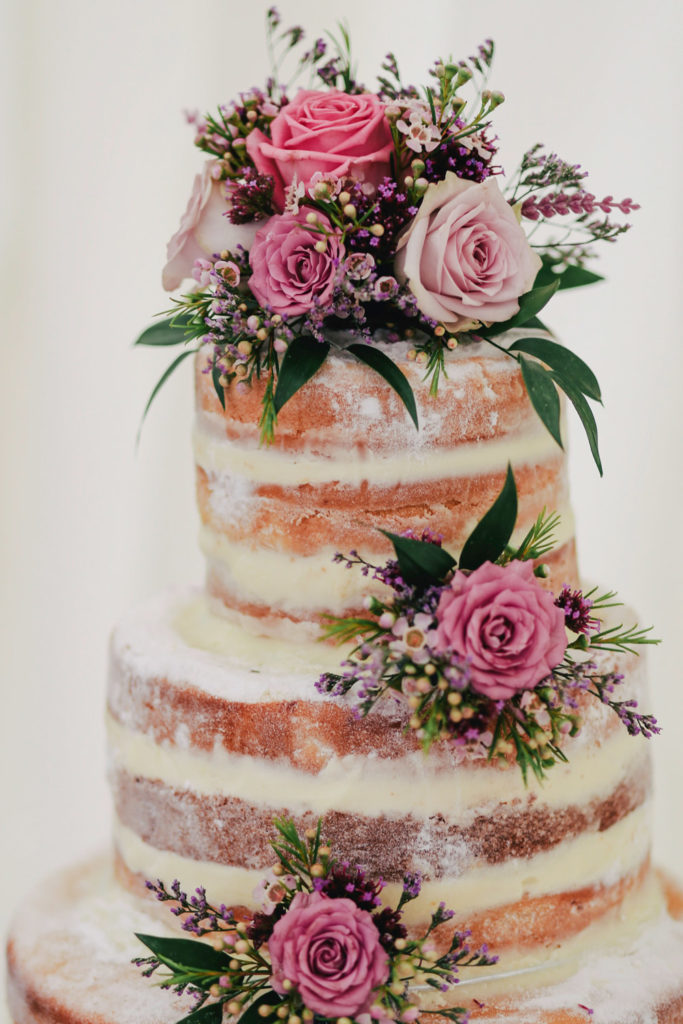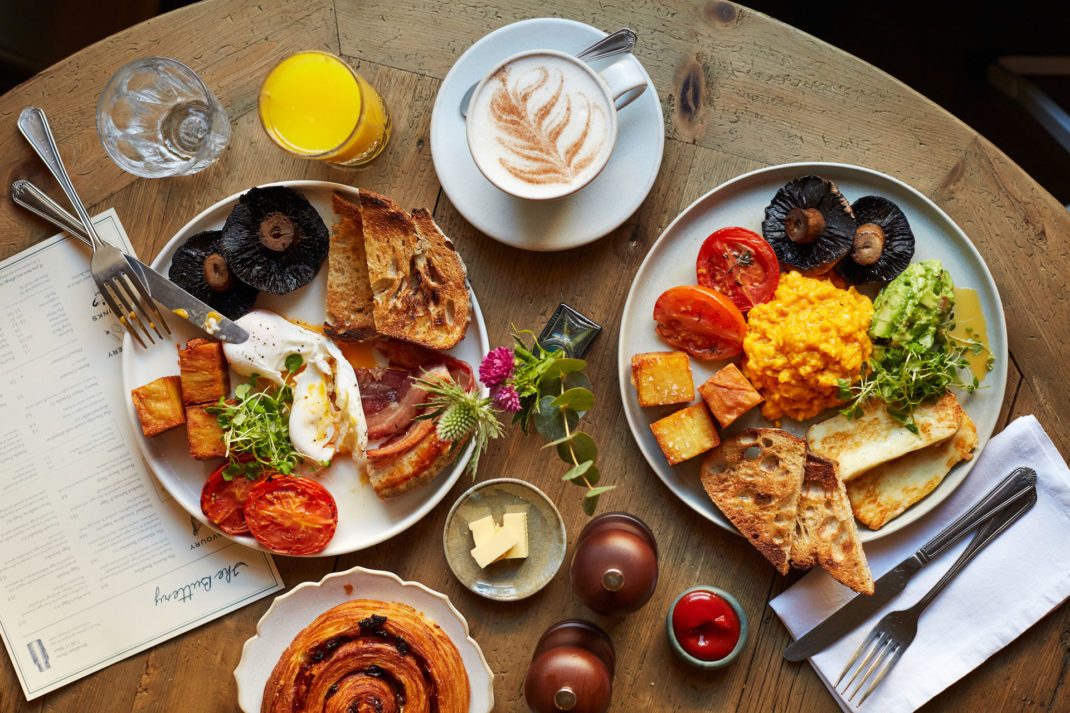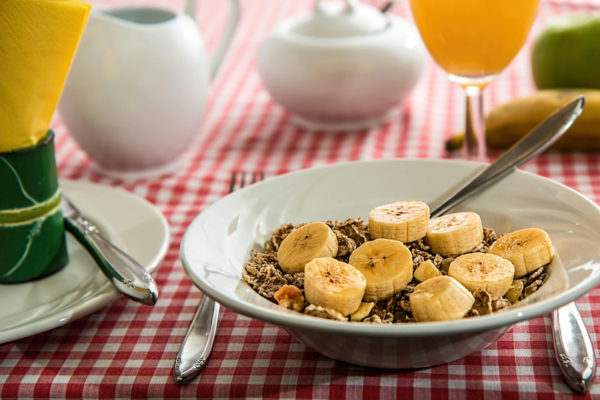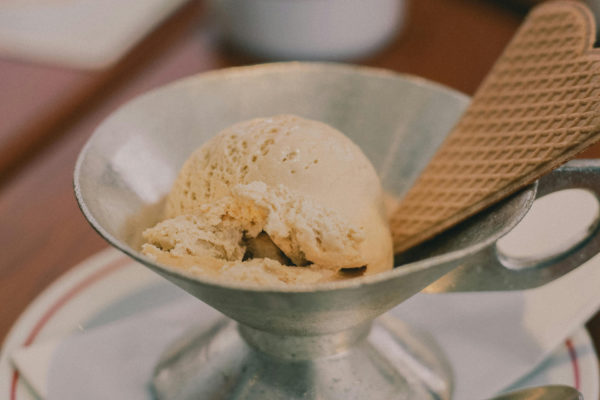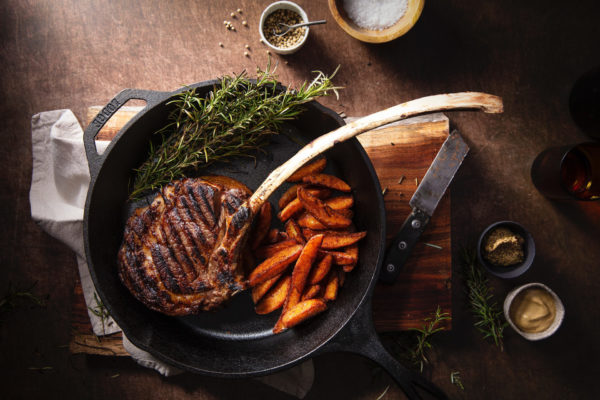What Goes Into A £265 Coffee?
By
1 year ago
Plus: the reason behind the rising price of your morning latte

Gone are the days of using your loose change to grab your morning coffee. These days, it’s normal to shell out £4 on a takeaway latte – even more if you’re partial to a little shot of caramel syrup. But a coffee bar in Mayfair, Shot, is taking pricey caffeine to new extremes, charging a whopping £265 for a cup. So what’s so good about these magic beans – and, indeed, why has coffee got so expensive generally?
This Is Britain’s Most Expensive Cup of Coffee
Shot is a specialty coffee shop in Mayfair, where a particular cup of coffee will set you back £265. The high price is a result of the high-quality typica beans (a variety of arabica), which are sourced from the Nakayama estate in Japan. Coffee is rarely grown in Japan – typically beans are grown in the tropics – so its scarcity also adds to the staggering cost.
The menu reads: ‘The Kishimoto family have produced this exquisite coffee on Okinawa island since 2015. This coffee is reflective of the deeply held Japanese value of striving for perfection. Bright acidity and fruity, juicy notes.’ The ‘exquisite coffee’ is described as being ‘reflective of the deeply-held Japanese value of striving for perfection’ – served either as an espresso, a macchiato, a flat white, an americano, a cappuccino or a latte.
So does anyone actually shell out for it? Apparently: baristas at the coffee bar told The Telegraph it’s ordered two or three times a week.
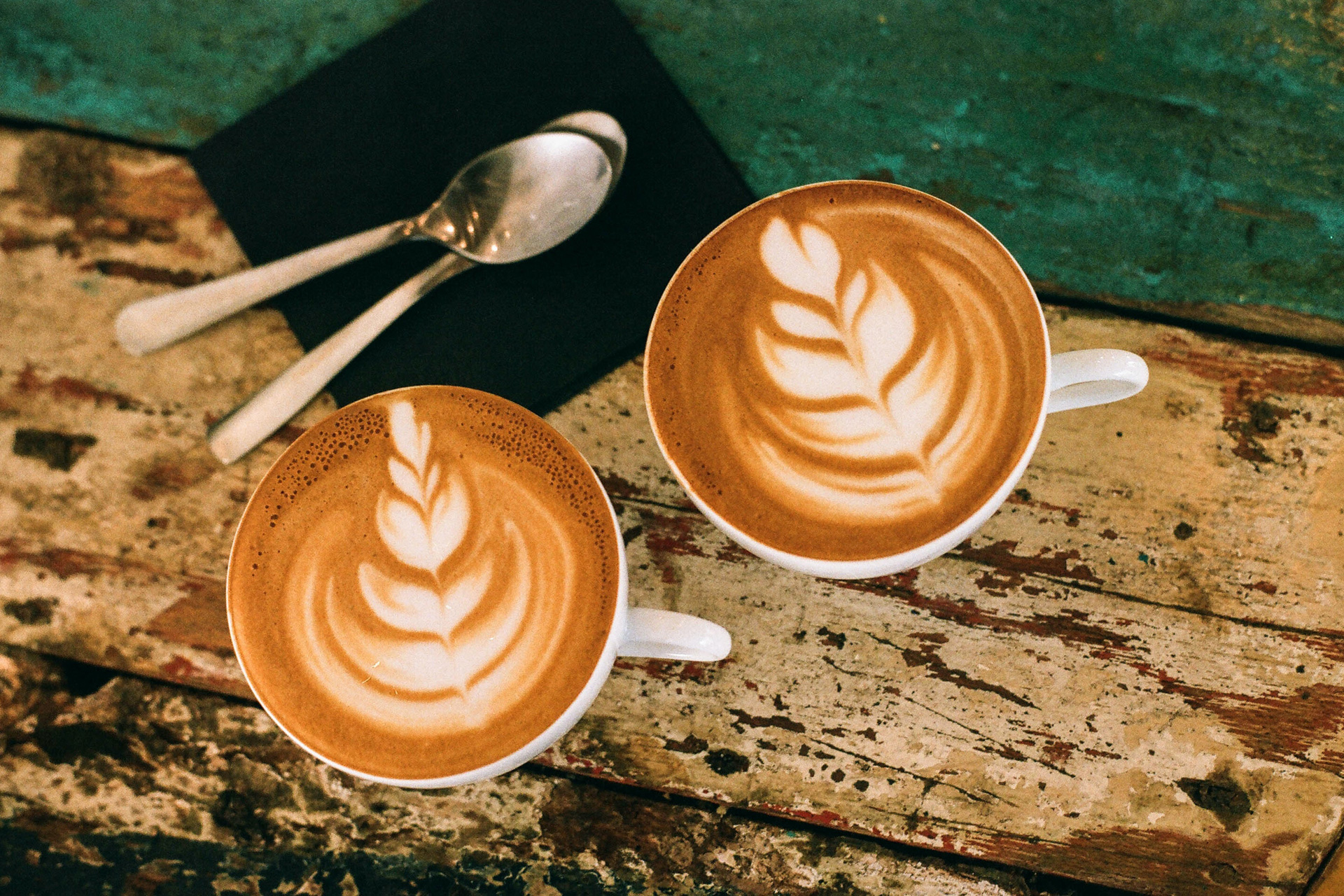
Pexels
What’s Behind The Rising Price Of Coffee?
According to Fresh Ground, the average cup of coffee in the UK will set you back £3.40 per cup. Prices have been on the up for a few years, with a recent report from global manufacturer UCC Coffee finding high street coffee prices have risen by a third from 2021 to 2024.
There are a few reasons for this. One factor is climate change: coffee is predominantly grown in the ‘Bean Belt’, an imaginary loop around the planet which stretches from Central America to Papua New Guinea and Australia. The tropics have been particularly affected by unusual weather patterns, which can be detrimental to the crops that grow the world’s coffee. Droughts in South America, for instance, have led to coffee scarcity, particularly in places like Peru and Brazil.
Coffee shops are also affected by the same issue plaguing all of us: the cost of living crisis. Rising prices of energy bills, staff, milk and the coffee itself means cafes have to charge customers more to ensure they survive. And if you’re ordering a plant-based milk, it’s going to cost even more, as varieties like oat, almond and soy cost around twice as much as dairy milk, according to Mintec.
Ultimately, coffee is an expensive commodity. Coffee beans take around five years to grow, and the journey from farm to cup is a long one, which means lots of costs are accrued along the way – from harvesting to shipping to roasting.
It doesn’t look like prices are going to drop anytime soon, but you can reduce the price of your morning cuppa by keeping it simple – Americanos, for instance, will be cheaper than a double shot oat milk gingerbread latte. And, of course, be careful not to accidentally order Shot’s premium cup.

